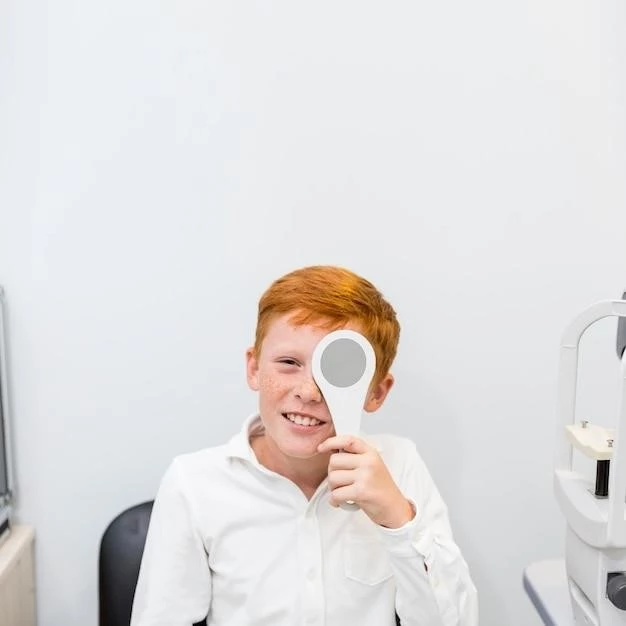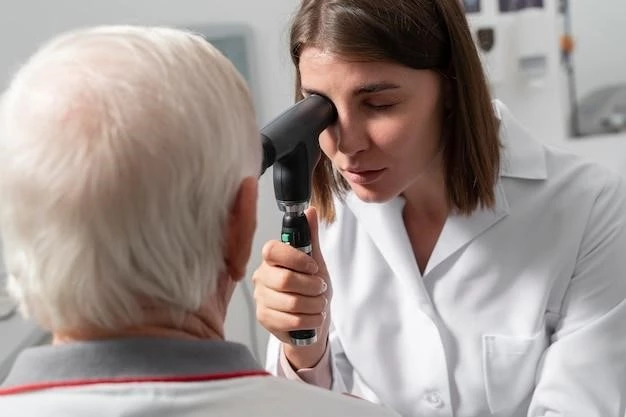Introduction to Oculocutaneous Albinism Immunodeficiency
Albinism, from the Latin albus meaning white, is a group of heritable conditions associated with decreased or absent melanin in ectoderm-derived tissues, notably the skin, hair, and eyes, resulting in a pallor. The most recognizable form is oculocutaneous albinism (OCA), a group of genetic disorders caused by decreased melanin biosynthesis.
Defining Albinism and Its Variants
Albinism, derived from the Latin word ″albus″ which means white, refers to a group of hereditary conditions characterized by reduced or absent melanin in tissues deriving from the ectoderm, like the skin, hair, and eyes, resulting in a pale appearance. Oculocutaneous albinism (OCA) is the most common form, a result of genetic disorders impacting melanin production.

Clinical Manifestations of Oculocutaneous Albinism
Individuals affected by oculocutaneous albinism (OCA) display hypopigmented skin, eyes, and hair, along with ocular symptoms such as decreased visual acuity and nystagmus. Global prevalence varies, with higher rates in African countries. Those with OCA lack UV protection, increasing the risk of skin damage and skin cancers.
Characteristics and Symptoms
Individuals with oculocutaneous albinism (OCA) exhibit hypopigmentation in the skin, hair, and eyes due to decreased melanin production. This results in a characteristic appearance with very fair skin and light-colored hair. Ocular symptoms include reduced visual acuity, nystagmus, and photosensitivity due to the lack of protection from ultraviolet (UV) rays, leading to an increased risk of skin damage and skin cancers, especially melanoma.
Global Prevalence and Impact
Oculocutaneous albinism (OCA) impacts individuals globally but shows higher prevalence in African countries. The lack of UV protection due to reduced melanin synthesis increases the risk of skin damage and skin cancers, notably melanoma. Challenges in accessing skin cancer treatment and sun protection due to psychosocial factors and inadequate education are significant issues faced by individuals with oculocutaneous albinism.
Associated Syndromes with Oculocutaneous Albinism
Hermansky-Pudlak Syndrome (HPS) and Chediak-Higashi Syndrome are two conditions intricately linked with oculocutaneous albinism (OCA). Another associated syndrome is Partial Albinism with Immunodeficiency. These syndromes present unique challenges and complications, necessitating comprehensive management approaches.
Hermansky-Pudlak Syndrome
Hermansky-Pudlak Syndrome (HPS) is a rare autosomal recessive disorder characterized by oculocutaneous albinism, bleeding diathesis, and potential organ involvement like pulmonary fibrosis, granulomatous colitis, and immunodeficiency. Ocular manifestations include nystagmus, reduced iris and retinal pigment, foveal hypoplasia, and decreased visual acuity, often requiring comprehensive management strategies.
Chediak-Higashi Syndrome
Chediak-Higashi Syndrome is a rare autosomal recessive disorder characterized by a mutation in a lysosomal trafficking regulator protein, causing impaired phagocytosis. This leads to recurrent pyogenic infections, albinism, and peripheral neuropathy. The syndrome poses challenges due to the increased susceptibility to infections and the need for comprehensive care.
Partial Albinism with Immunodeficiency
Partial Oculocutaneous Albinism with Immunodeficiency (OCA-ID) is a group of autosomal recessive syndromes characterized by hypopigmentation in skin, hair, and eyes, often accompanied by recurrent infections. These syndromes present challenges due to both cutaneous and ocular manifestations, including partial albinism, nystagmus, and strabismus, as well as immune system vulnerabilities leading to susceptibility to infections.

Genetic Causes and Research
Understanding the genetic basis of oculocutaneous albinism (OCA) involves identifying mutations that lead to reduced melanin biosynthesis. Recent advances in genetic analyses have shed light on the complex genetic underpinnings of OCA, including new subtypes like HPS9 associated with immunodeficiency. Research aims to uncover genotype-phenotype correlations and develop targeted treatments for individuals with OCA.
Understanding the Genetic Basis
Oculocutaneous albinism (OCA) arises from genetic mutations affecting melanin production. Recent genetic analyses, including the discovery of new subtypes like HPS9 associated with immunodeficiency٫ have advanced understanding of the genetic complexities of OCA. Research focuses on identifying genotype-phenotype correlations to enhance targeted treatments for individuals with OCA and associated syndromes.
Recent Advances in Genetic Analyses
Advancements in genetic analyses have uncovered new subtypes like HPS9 associated with immunodeficiency in individuals with oculocutaneous albinism (OCA). These discoveries have provided insights into the complex genetic mechanisms underlying OCA٫ aiding in identifying genotype-phenotype correlations crucial for personalized treatment strategies. Research continues to explore the genetic landscape of OCA and associated disorders to improve clinical management and outcomes.
Diagnosis and Management
Diagnostic approaches for oculocutaneous albinism (OCA) involve assessing hypopigmentation in skin, hair, and eyes, alongside ocular symptoms like decreased visual acuity and nystagmus. Treatment modalities aim to address the challenges related to UV sensitivity and the increased risk of skin cancers. Managing OCA requires a multidisciplinary approach encompassing dermatological care, ophthalmic interventions, and psychosocial support, considering the unique needs of individuals with this condition.
Diagnostic Approaches
The diagnosis of oculocutaneous albinism (OCA) involves clinical evaluation of hypopigmentation in the skin, hair, and eyes, along with identifying ocular symptoms like reduced visual acuity and nystagmus. Genetic testing plays a crucial role in confirming the subtype of OCA, aiding in personalized management strategies. Comprehensive diagnostic approaches encompass dermatological assessments, ophthalmologic examinations, and genetic analyses to provide an accurate diagnosis and guide appropriate treatment interventions for individuals with OCA.
Treatment Modalities and Challenges
Treating oculocutaneous albinism (OCA) involves managing the challenges of UV sensitivity and skin cancer risk. Sun protection is crucial to minimize skin damage and the development of skin cancers like melanoma. Psychological support and education on sun safety are vital. Challenges include disparities in accessing quality care and addressing psychosocial aspects affecting treatment adherence and quality of life.
Psychosocial and Health Implications
Individuals with oculocutaneous albinism face not only physical health challenges like UV sensitivity and skin cancer risks but also psychosocial adversities; Dealing with the psychosocial impacts of the condition, including societal stigmas, mental health issues, and the emotional burden of managing a rare genetic disorder, is integral to their overall well-being.
Psychosocial Factors Impacting Treatment
Psychosocial factors significantly influence the treatment of individuals with oculocutaneous albinism (OCA). From societal stigmas to mental health challenges, the emotional impact of managing a rare genetic disorder can affect treatment adherence. Moreover, addressing psychosocial aspects is crucial to ensuring a holistic approach to care and addressing the overall well-being of individuals with OCA.
Health Risks and Complications
Oculocutaneous albinism (OCA) poses significant health risks, primarily due to the lack of melanin protection in the skin, hair, and eyes. Individuals with OCA face heightened vulnerability to UV-induced skin damage and an increased risk of developing skin cancers, particularly melanoma. These health risks necessitate diligent sun protection practices, regular monitoring for skin changes, and prompt medical interventions to mitigate potential complications associated with UV exposure.
